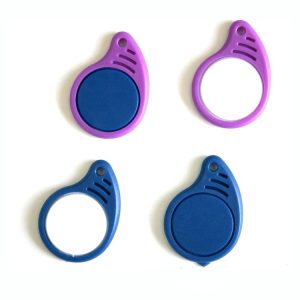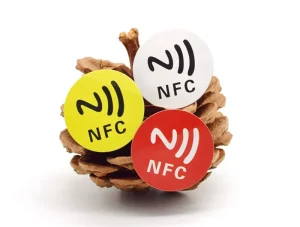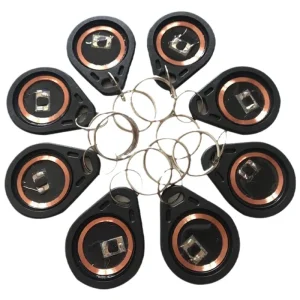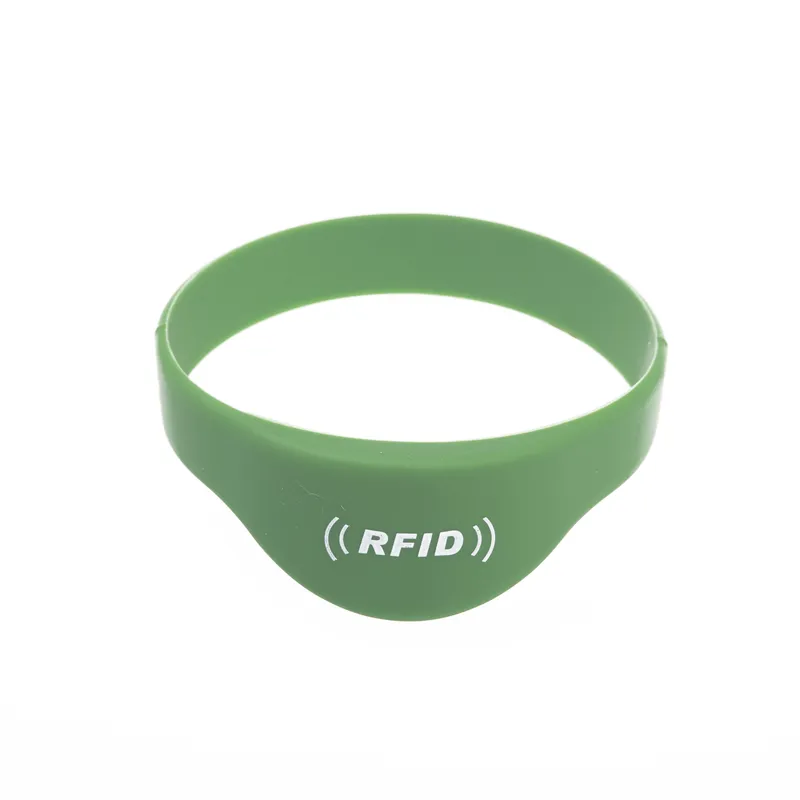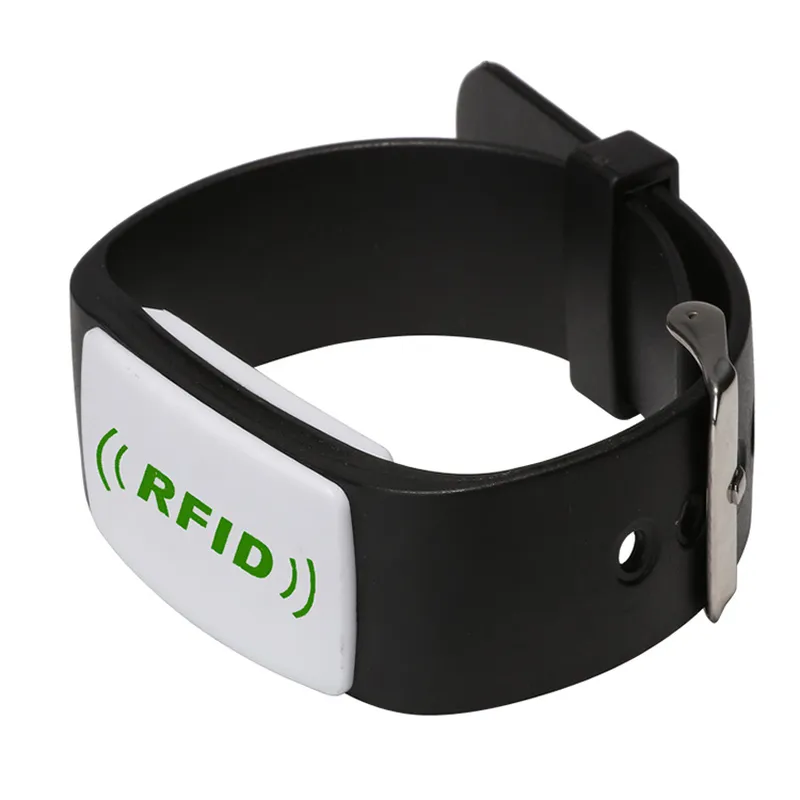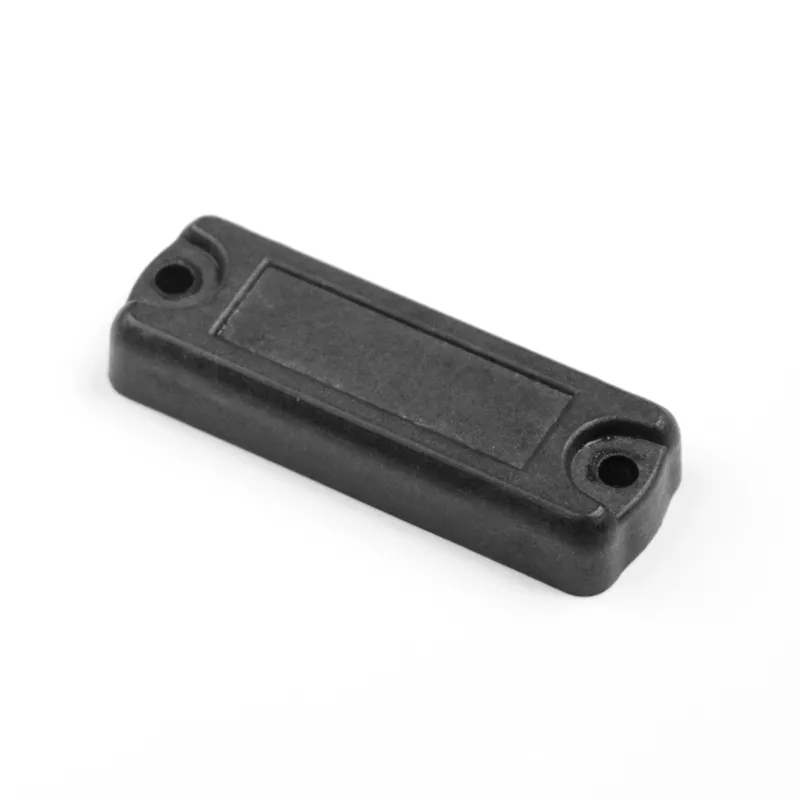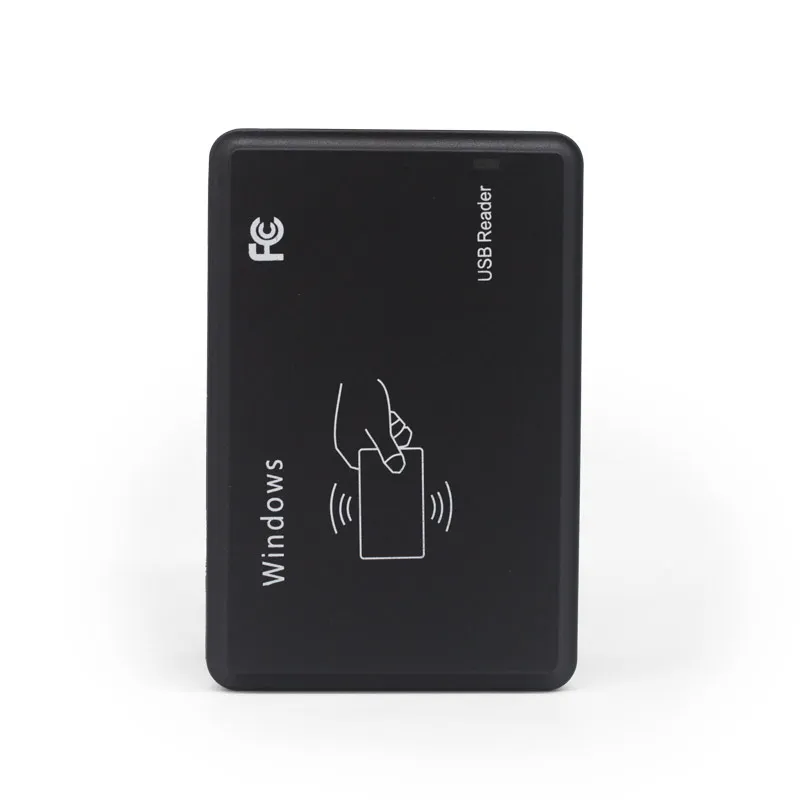RFID Library Tag
NA WAIWAI
Nā huahana i hōʻike ʻia

RFID Bracelet
The RFID Bracelet is a durable, eco-friendly wristband made of…

RFID hiki ke holoi
Hoʻonui ka ʻenehana RFID hiki ke holoi i ka hoʻokele waiwai ma ka loaʻa ʻana o ka huahana manawa maoli…
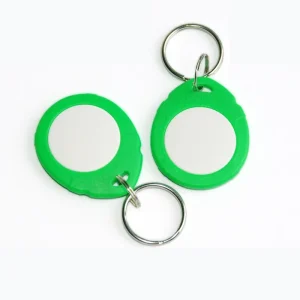
Nui Rfid Keyfob
Multi Rfid Keyfob can be used in various applications such…

RFID Smart Bin Tags
RFID Smart Bin Tags enhance waste management efficiency and environmental…
Nuhou Hou
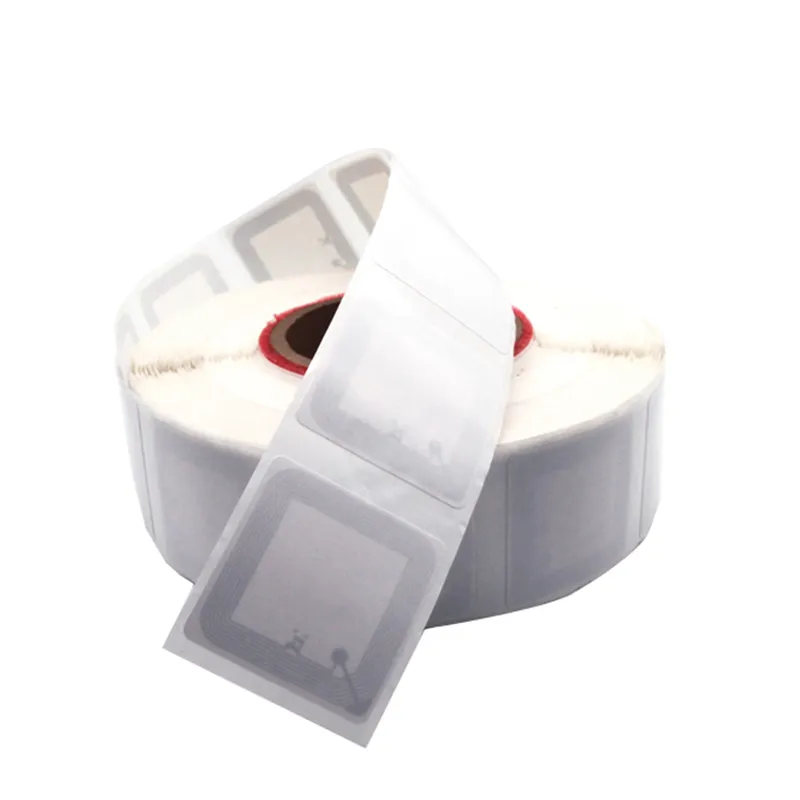
Wehewehe pōkole:
RFID Library Tag uses RFID technology to automate data collection, self-service borrowing and returning, book inventory, and other functions in libraries. It also aids in anti-theft, library card management, and collection information statistics. RFID tags are encoded with identification and security information and can be read at a distance to identify tagged items. They enhance library service by minimizing wait times, improving inventory efficiency, enabling book placement and search, preventing book theft, monitoring book borrowing, and setting up automatic borrowing and returning reminders.
Kaʻana like iā mākou:
Product Detail
RFID Library Tag uses RFID book tag technology to realize automatic data collection function, combined with a database and software management system, to realize library self-service borrowing and returning, book inventory, book loading, book retrieval
Library anti-theft, library card management, library card issuance, collection information statistics, and other functions. Therefore, our RFID high-frequency book tags are not only anti-theft functions, our company also sells RFID-related wristbands, clothing tags, jewelry tags, anti-theft tags, carbon ribbons, and other products.

Parameter
| Base material | Papers / PET / PVC / plastic |
| Antenna material | Aluminum etched antenna; COB + Copper coil |
| Chip material | Original chips |
| Kūkākūkā | ISO15693 and ISO 18000-6C, EPC Class 1 Gen 2 |
| Ka pinepine | 13.56MHz (HF) and 860-960MHz (UHF) |
| Loaʻa Chip | 13.56MHZ– F08, 860-960MHZ– Alien H3, Alien H4, Monza 4D,4E,4QT Monza5 |
| Reading Distance | 0.1~10m(depend on the reader, tag, and working environment ) |
| Working mode | Read-only or read-write according to chip type |
| Read/write endurance | >100,000 times |
| ʻO ka lawelawe maʻamau | 1. custom printing logo, text
2. pre-code: URL, text, numbers 3. size, shape |
| Nui | Size50*50mm,50*24mm,50*18mm,50*32mm,50*54mm,80*25mm ,98*18mm,128*18mm or customized |
| Packing | 5000pcs/roll ,1-4roll/carton,or by customized |
| Working temperature | -25℃ to +75℃ |
| Storage temperature | -40℃ to +80℃ |
| Applied field | hoʻokele waiwai, apparel management, library book management, wines management, and the application of bags, trays, luggage, etc |

Advantages
The library industry uses RFID to achieve modern organization and improve visitor experience. Manual management of library assets can be inaccurate and time-consuming, but implementing RFID can automate some or all of the process.
By tagging books and other returnable library assets, RFID can track and monitor these items efficiently. RFID is also used in innovative ways to provide additional functions, making libraries as smart as the books they contain.
RFID tags are encoded with identification and security information and then attached to books or library materials. When used with an RFID reader, RFID tags can be read at a distance to identify the tagged items or detect the security status of the tag.

RFID Library Tag Use
- The RFID-equipped self-service borrowing and returning equipment instantly reads the book’s RFID tag and matches it with the reader’s library card to enable self-service borrowing and returning. This drastically minimizes reader wait times and enhances library service.
- Inventory and organizing books: Non-contact RFID readers may scan several RFID tags’ book contents at once, improving book inventory efficiency. RFID inventory carts or portable inventory equipment can quickly discover and return books to their original locations.
- Book placement and search: RFID technology allows the library to automatically scan the bookshelf, swiftly identify books, and help users discover them. This enhances library borrowing and reduces book searching time.
- Book theft prevention: RFID tags prevent book theft. The library personnel will get an alarm from the access control system if a book is stolen without borrowing.
- Book management and data statistics: The RFID technology lets the library monitor book borrowing, circulation, and borrowing patterns in real-time. These statistics assist libraries in identifying users’ requirements, optimizing book purchases and configurations, and enhancing service.
- Automatic borrowing and returning reminders: The RFID system can set up automatic reminders depending on readers’ borrowing records and time. The system sends a notice to readers when books are overdue so they may return them on time and avoid late penalties.

![Mea hana Rfid Tag [Kūʻai nui | OEM | ODM]](https://www.fjrfidfactory.com/wp-content/uploads/2024/04/logo.webp)

